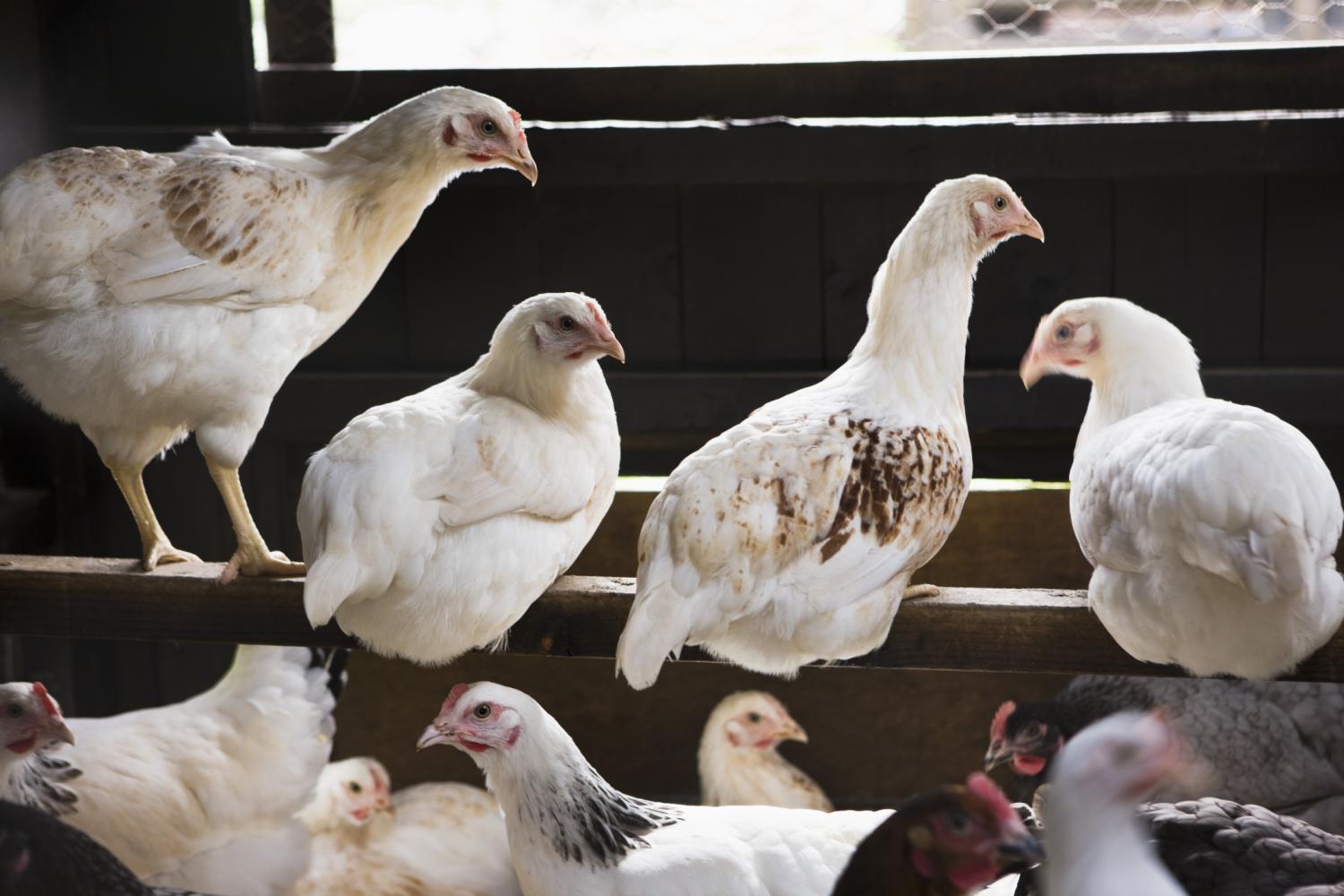Some of the US government's top influenza experts today weighed in on the threat from the new H7N9 virus, airing some unusual properties of H7 viruses that challenge the notion that they aren't likely to adapt to humans or cause pandemics.
The same experts addressed the H7N9 virus linked to China's recent outbreak more specifically in the Jun 20 issue of the New England Journal of Medicine (NEJM), but their report today looks at the pandemic potential through the lens of what's known about other H7 viruses.
The group's review appears in the latest issue of mBio, the online journal of the American Society for Microbiology. The experts are all from the National Institute of Allergy and Infectious Diseases (NIAID), part of the National Institutes of Health (NIH). They are NIAID Director Anthony Fauci, MD, Dave Morens, MD, senior advisor to Fauci, and Jeffery Taubenberger, MD, PhD, section chief of NIAID's Laboratory of Infectious Diseases.
Over the past several decades, avian H7 viruses have caused many poultry outbreaks in Europe and North America, but since at least 1918, none have evolved to widely infect humans, according to the report.
Fauci told CIDRAP News that in the NEJM commentary the group addressed how complex it would be for the H7N9 to become fully transmissible through mutations alone, though they cautioned that flu viruses are notoriously unpredictable.
He said the group thought it would also be useful to take a look at the pandemic potential of the broader H7 class. What they found, he said, challenges the sense of assurance that an H7 virus could never be a pandemic threat.
The review focused on five unusual aspects of H7 viruses:
- Big outbreaks in poultry result from spillover of viruses in wild birds
- Low-pathogenicity H7 strains can change to highly pathogenic strains in poultry
- The H7N9 clinical picture in humans is similar to that of H5N1
- H7 viruses can infect human conjunctival cells
- H7 viruses have infected other mammals such as horses and seals.
Massive poultry outbreaks came from H7 viruses that emerged and adapted from wild bird strains, and most caused spillover human cases, the group wrote.
Fauci said all five of the usual H7 aspects are issues of concern, but its ability to cause big outbreaks in birds is especially important to consider, given the close interactions between poultry and humans in many parts of the world. "It's a ready-made source of exposure. Not sustained, but nonetheless a source of infection in humans," he said.
From the 1940s through the 1970s, an H7N7 virus caused outbreaks in horses, with some spillover to humans, but it became undetectable as cars replaced horses, the experts observed.
"The ability of an H7 virus to adapt stably to a mammal over several decades raises the possibility that another H7 virus, such as H7N9, may adapt to a mammal in an analogous manner or even to humans," they wrote, adding that the same subtype has infected seals and that H7 viruses have infected pigs.
"These are the things that keep you on alert," Fauci said.
The H7N9 strain from China contains internal genes from H9N2 viruses, a lineage that has caused widespread human infections, though there is no evidence that the specific H9N2 strain that contributed the internal genes to China's outbreak strain has ever sickened humans. Because H9N2 viruses are ubiquitous and have the capacity to change quickly and move rapidly between avian and mammalian hosts, the article says, "H7N9 might arguably be more likely than other avian viruses to become human adapted."
The authors write that the history of H7 viruses is complex and may or may not be relevant to the emergence of an H7N9 pandemic, making it difficult to factor the data into the risk-weighing process. Emergence of the new virus in China builds the case for more basic and applied research on the evolution of avian and mammalian flu viruses, and the H7N9 outbreak—whatever happens—provides a unique opportunity to uncover more flu clues.
Morens DM, Taubenberger JK, Fauci AS. H7N9 avian influenza A virus and the perpetual challenge of potential human pandemicity. mBio 2013 Jul 9;4(4):[Full text]
See also:
Jul 9 NIH press release
Jun 20 N Engl J Med perspective



















